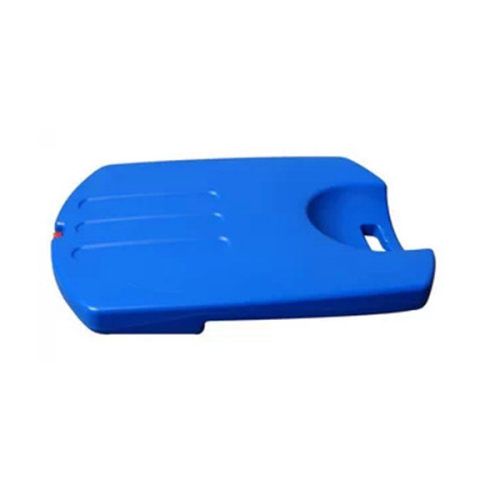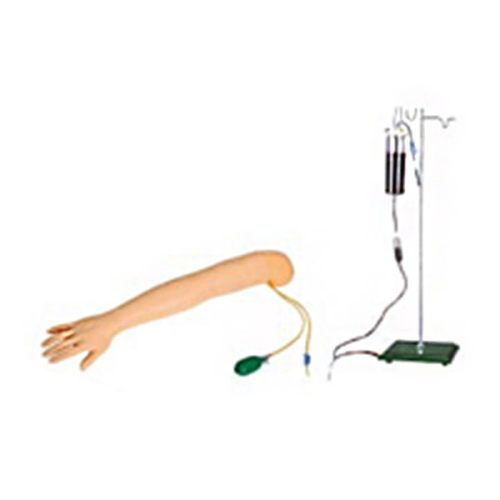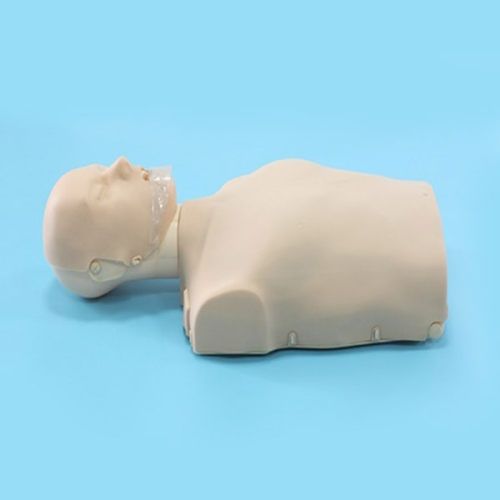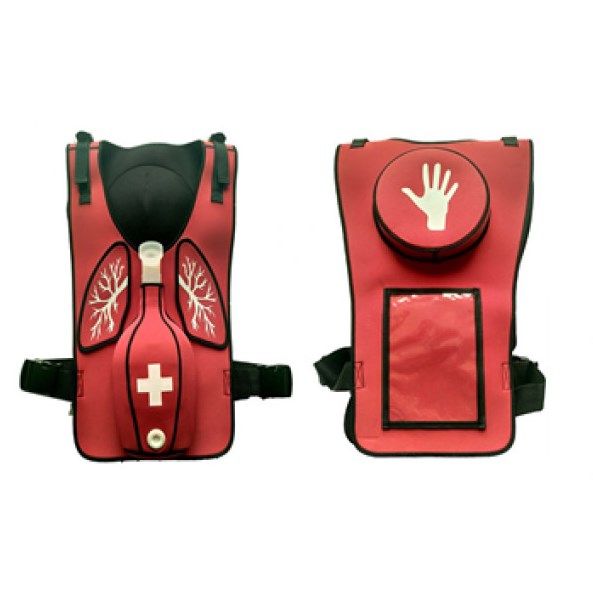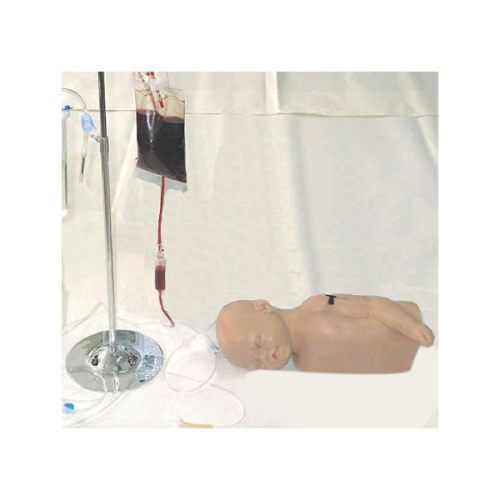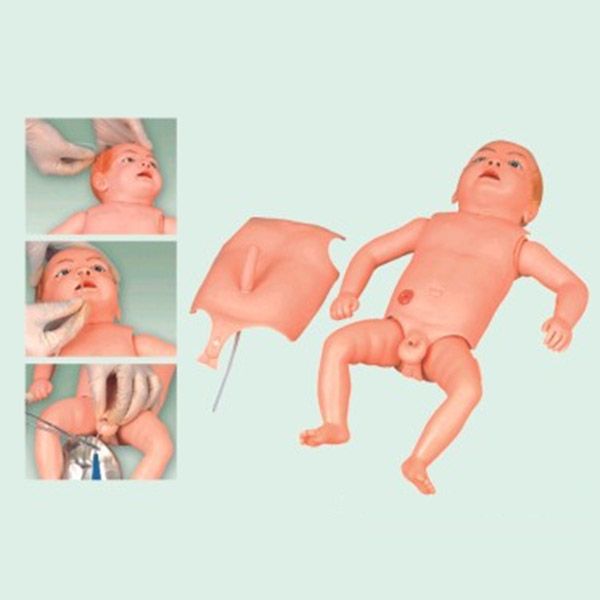Pneumothorax, a condition characterized by the presence of air in the pleural cavity, poses a significant clinical challenge requiring prompt and precise intervention. The standard thoracentesis treatment and subsequent thorax drainage are critical procedures for relieving pressure and re-expanding the lung. However, mastering these skills is often difficult due to limited opportunities for hands-on practice on real patients. This is where advanced medical simulation technology, specifically Thoracentesis simulators and Chest Drain training models, plays a transformative role. These tools provide a safe, repeatable, and realistic environment for medical professionals to hone their skills, ultimately improving patient outcomes and safety.
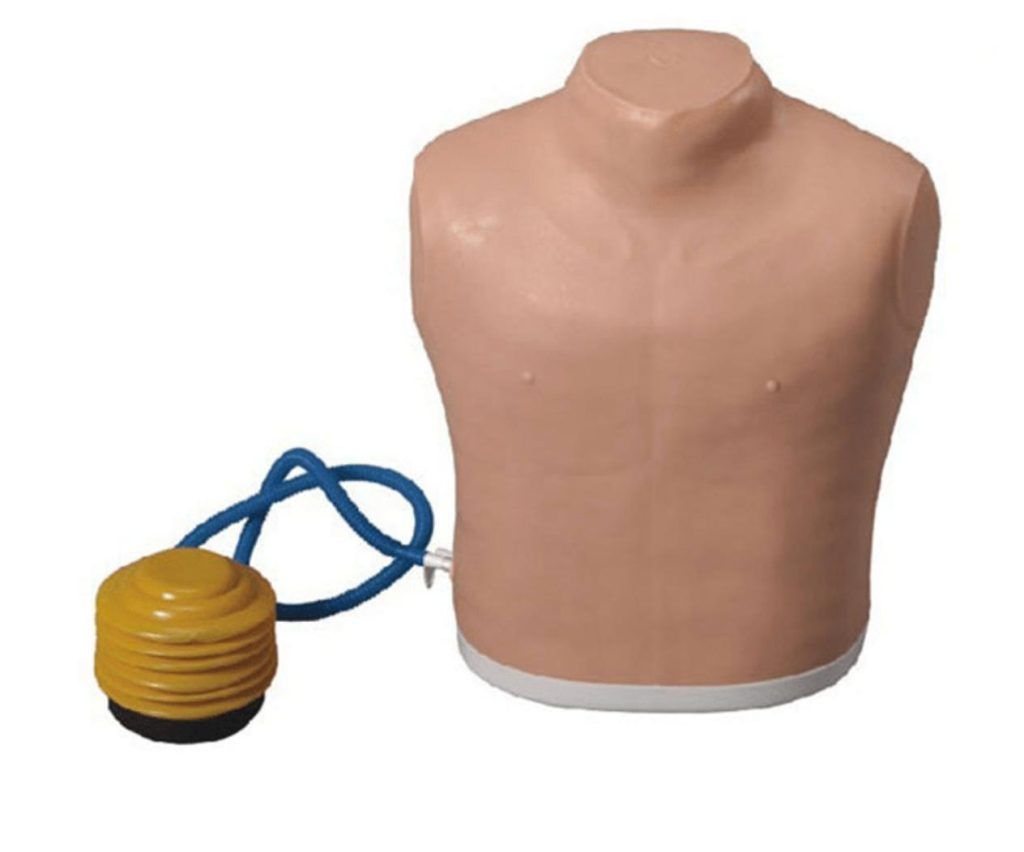
Clinical Challenges in Pneumothorax Treatment
Performing thoracentesis and managing chest drains demand not only technical skills but also a keen understanding of anatomical variations and patient care protocols. Several clinical challenges are frequently encountered:
| Challenge | Impact on Patient Outcomes |
| Accurate Needle Insertion | Incorrect placement risks injury to lungs, blood vessels, or diaphragm. |
| Managing Complications (e.g., re-expansion pulmonary edema) | Requires swift decision-making and aftercare skills. |
| Thoracentesis After Care | Monitoring for infection, air leaks, or fluid re-accumulation is crucial. |
| Chest Tube Positioning and Securing | Misalignment can result in ineffective drainage or tube dislodgement. |
These challenges highlight the need for hands-on experience. However, live-patient practice is limited by ethical concerns, availability of cases, and patient safety. This gap necessitates simulation-based thoracentesis training.
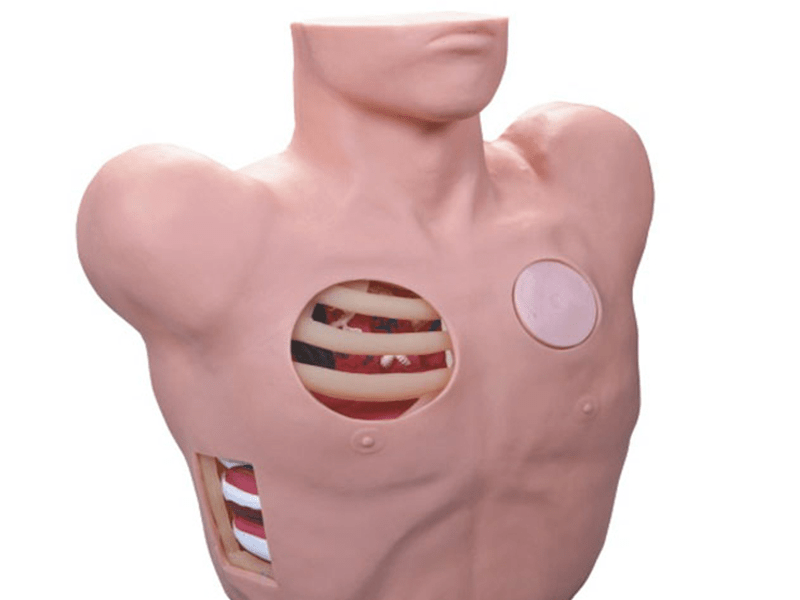
Simulation Models: Bridging the Gap Between Theory and Practice
Modern simulation models effectively bridge the gap between theoretical knowledge and practical application by providing a risk-free environment for skill development. These models are designed to mimic the anatomy and tactile feedback of the human body, allowing trainees to practice thoracentesis, thorax drainage in a realistic yet controlled setting. The commonly used simulators include:
| Simulator Type | Key Functions and Features | Training Focus |
| Thoracentesis Model/Simulator | Realistic torso with palpable ribs, intercostal spaces, and pleural cavity. Provides tactile feedback for needle insertion (“pop” sensation). Allows for aspiration of simulated pleural fluid or air. | Thoracentesis treatment technique, anatomical landmark identification, needle insertion accuracy, and complication avoidance. |
| Chest Drain Simulator | Torso with multiple drainage sites. Allows for incision, dissection, and chest tube insertion. Features realistic tube fixation and connection to a drainage system. | Thorax drainage procedure, surgical technique, tube placement, and sterile field maintenance. |
| Pneumothorax Simulator | Advanced torso model that can dynamically simulate breathing patterns and lung collapse. Integrates with a monitor to display vital signs. Allows for decompression needle insertion to relieve tension pneumothorax. | Emergency management of tension pneumothorax, rapid assessment, and decision-making under pressure. |
| Patient Care Simulator | Full-body manikin with advanced physiological features. Can simulate a pneumothorax event, display changing vital signs, and respond to interventions. Supports training for thoracentesis after care, including chest tube management and patient monitoring. | Comprehensive patient care, interprofessional communication, and post-procedure management. |
Advanced simulators mimic complications like hemothorax or pleural effusion, offering a comprehensive learning experience. For instance, some thoracentesis simulators feature ultrasound-compatible surfaces, enabling trainees to practice image-guided thoracentesis treatment.
By facilitating repetitive practice, these simulators help build muscle memory and situational awareness, both crucial for handling real-life emergencies.
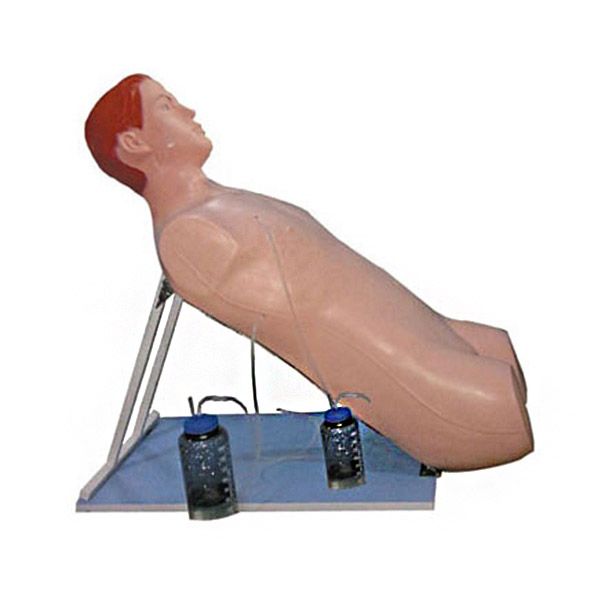
Advantages of Simulation-Based Thoracentesis Training
The shift toward simulation-based thoracentesis training is driven by several key advantages:
Enhanced Procedural Accuracy
Trainees gain the ability to locate anatomical landmarks precisely, reducing the risk of procedural errors. Studies have shown that simulation-trained clinicians have a 30–40% lower complication rate in thoracentesis compared to those trained exclusively via traditional methods.
Safe, Repetitive Practice Environment
Simulators allow unlimited practice without compromising patient safety. Mistakes become valuable learning opportunities, not clinical risks.
Realistic Scenario-Based Learning
High-fidelity chest drain simulators can recreate various clinical scenarios, including:
- Emergency tension pneumothorax decompression
- Thorax drainage of large pleural effusions
- Thoracentesis aftercare procedures, including drain monitoring and removal
Immediate Feedback & Skills Assessment
Interactive models provide instant feedback on technique, needle angle, insertion depth, and force applied, helping learners self-correct in real-time.
Team-Based Training & Interdisciplinary Collaboration
Simulators facilitate multi-disciplinary drills, enhancing coordination between doctors, nurses, and emergency staff during pneumothorax management protocols.
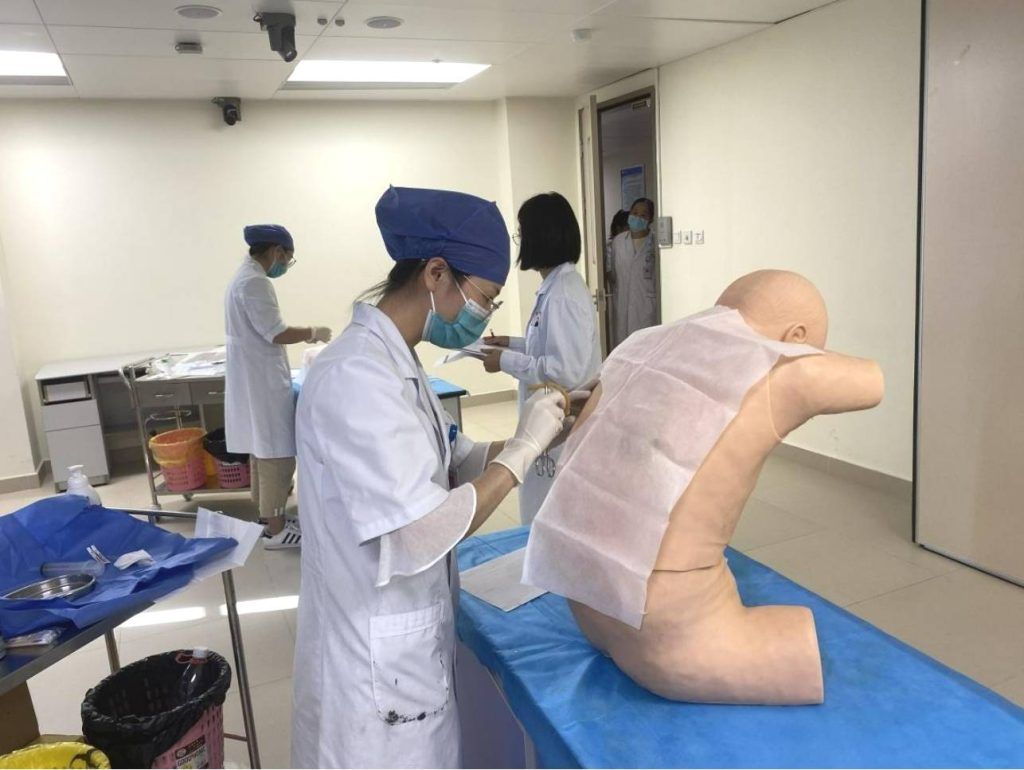
Implementing Simulation Training in Clinical Education
Integrating simulation training into a medical curriculum requires a strategic approach. It starts with selecting the right equipment. Institutions should partner with reputable medical training model suppliers, such as Scopelab, to acquire high-fidelity Thoracentesis models and other relevant simulators. These partnerships ensure access to quality products that are anatomically accurate and durable enough for repeated use. The curriculum should then be designed to incorporate a combination of didactic sessions, simulation training, and supervised clinical practice.
Key Considerations When Procuring Simulators:
| Factor | Importance |
| Anatomical Accuracy | Ensures realistic training with correct landmarks and resistance feedback. |
| Scenario Versatility | Ability to simulate both routine procedures and emergency interventions. |
| Durability & Maintenance | Long-term use for repetitive training cycles. |
| Integration with Ultrasound | Supports training in image-guided thoracentesis treatment. |
| Supplier Support & Training Modules | Access to instructional guides, updates, and technical support. |
Educational Implementation Strategies:
- Incorporate thoracentesis and chest drain simulators into medical school curriculums.
- Establish mandatory simulation-based certification for ICU, ER, and thoracic surgery staff.
- Conduct regular simulation workshops focusing on thoracentesis aftercare practices.
- Collaborate with simulation equipment suppliers to update and customize training modules.
By embedding these models into clinical education pathways, healthcare providers can ensure consistent, high-quality pneumothorax treatment training, ultimately improving patient safety and outcomes.
